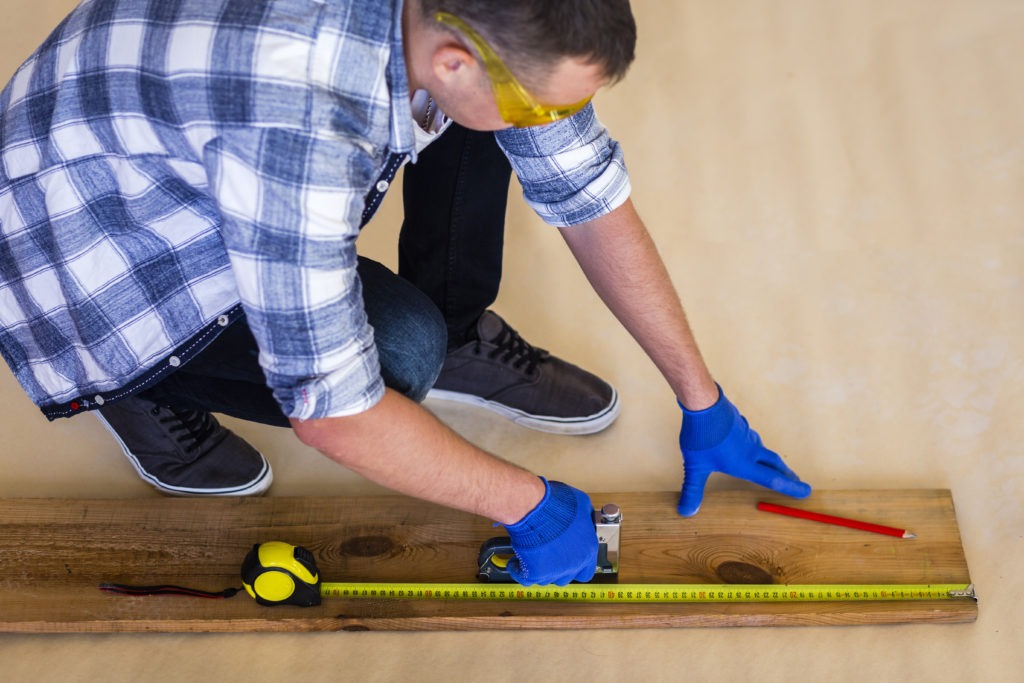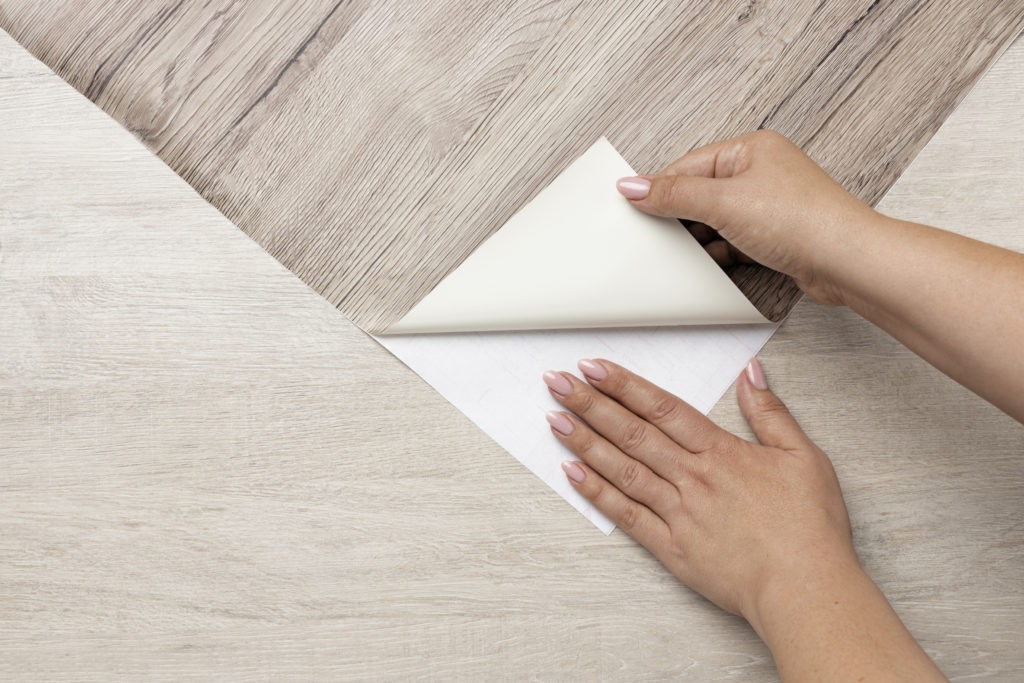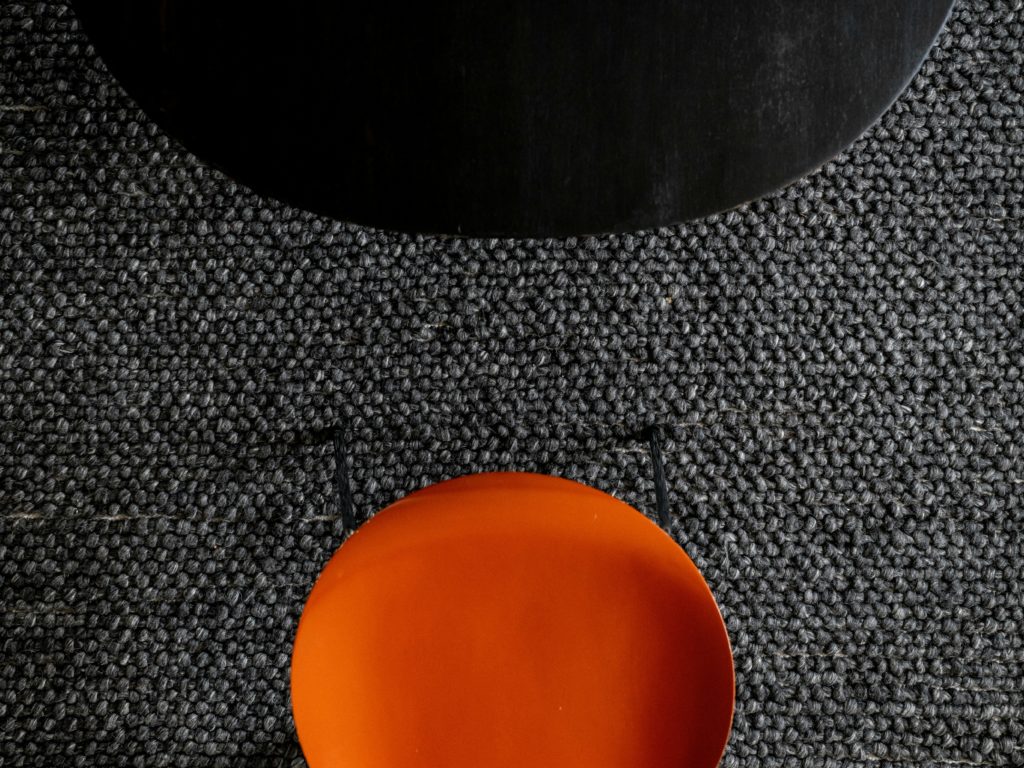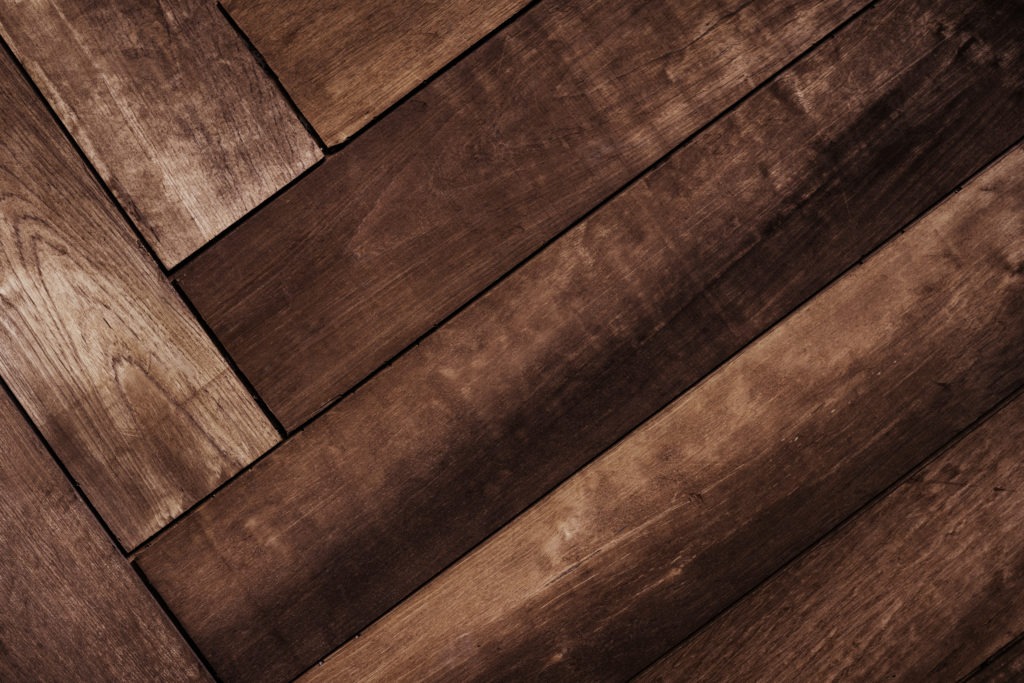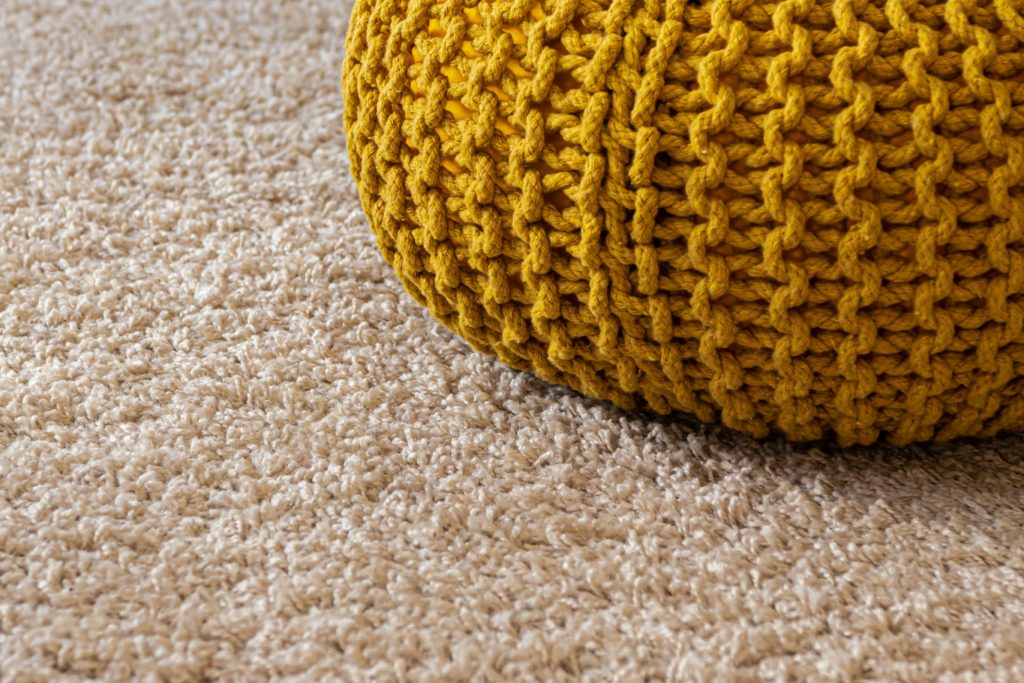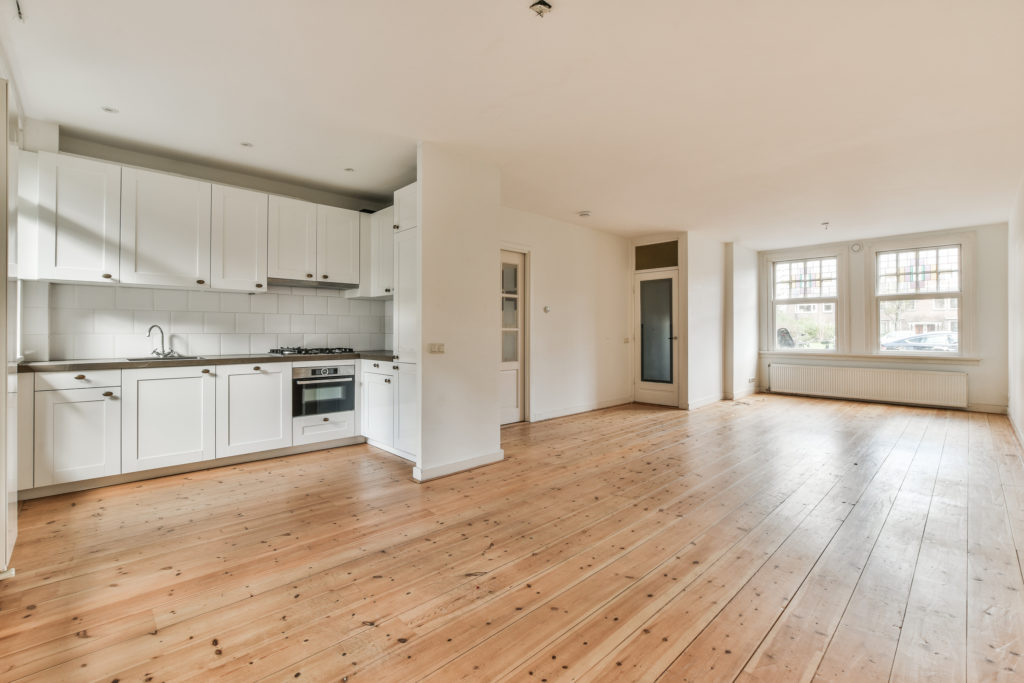Choosing the right flooring materials for any hospital environment or healthcare facility is of the utmost importance.
These healthcare settings need to maintain high standards when it comes to floor coverings that can enhance comfort for patients as well as staff.
The diverse range of options of flooring solutions available might make the decision making process seem difficult at first, but when you know what to look out for, it can be easy getting the best floors for care facilities.
In this article, we look at suitable floor finishes that can be considered for hospitals and healthcare facilities, and what the key characteristics are that make these finishes a practical choice.
What are the unique requirements of any healthcare facility flooring solution?

It needs to be antimicrobial
Healthcare flooring should provide a high level of germ resistance and should not be easily susceptible to mould growth or trapping bacteria.
Flooring materials need to be durable and withstand high foot traffic
Healthcare environments can get quite busy, and as such, need flooring that can withstand heavy foot traffic damage.
It must not easily dent due to heavy equipment
Together with withstanding foot traffic, flooring for healthcare settings needs to be strong enough to form solid bases for bulky equipment in consultation and patient rooms, as well as waiting areas.
Slip resistance is a must
Healthcare facilities should be accident-free zones at all times, with no tripping hazards or slippery surfaces.
Floor materials should provide a good level of noise reduction
Healthcare environments, operating theatres and common areas must maintain low noise levels as far as possible, and with the right flooring, this is certainly achievable.
The choice of material needs to be resilient and easy to clean
Healthcare facility flooring maintenance should be effortless, and any floor or tile needs to be easy to clean, ensuring that surfaces remain hygienic.
Why is it important to pick a certain flooring type for a healthcare facility?

Healthcare flooring is not the same as the type of finishes you would pick for a residential home.
Several factors impact these commercial settings, as mentioned above, and any flooring solution should create safe, healthy environments for patients, staff and visitors.
Also, aesthetics should not be disregarded, as these elements can boost a feeling of tranquillity and create a welcoming atmosphere.
Now, let’s continue by looking at the best flooring options for hospital flooring and healthcare environments.
What is the best flooring material for a healthcare facility?
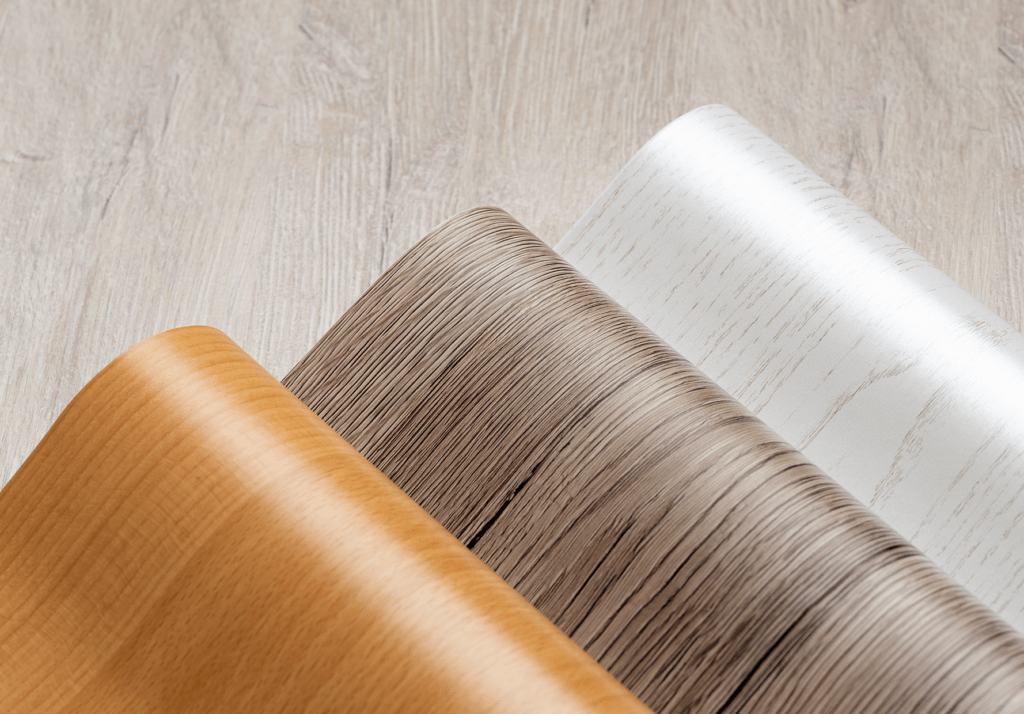
LVT: Best for waiting areas, corridors and patient rooms
Luxury vinyl tile (LVT), although not suitable for operating rooms and similar rooms, is still a good flooring option for other spaces where it can create a beautiful aesthetic with several designs to choose from.
With its durable materials, it is perfect as flooring for spaces with lots of foot traffic, and it is easy to clean as well.
Remember that these surfaces could show scratches over time, and that they are not suited for rooms that get a lot of sunlight exposure, as these materials can easily fade.
Sheet vinyl: A good choice for a seamless surface that is easy to clean and maintain
Sheet vinyl, like luxury vinyl tile, comes in a variety and design options.
However, sheet vinyl is better suited for operating rooms and surgery environments, thanks to providing a lot of protection against micro-organisms.
This hygienic surface is easy to clean as well, which is ideal for rooms where the highest standards need to be maintained.
Do remember that sheet vinyl flooring might not be suited for surfaces that are not level.
Rubber flooring: Perfect anti slip convenience and noise reduction
Gym environments are not the only spaces where rubber flooring can be used effectively.
In fact, rubber flooring is ideal for hospital flooring as it is a natural, sustainable option that provides sound absorption and comfort underfoot.
This type of material is perfectly suited for stairs and entryways, adding to the resilience of these spaces.
Bamboo flooring: a Sustainable, eco-friendly option that is resistant to moisture and humidity
Bamboo, although not suitable for consultation rooms or operating rooms, is still an eco friendly, hygienic option for offices or private offices.
Ideally, this flooring solution should only be used in areas where there is not a lot of foot traffic.
Commercial carpet: Suited for offices, lobbies and waiting rooms
Commercial carpet, just like bamboo flooring, might not be suited for every room in a medical care facility, yet it can provide comfort in key rooms such as offices and waiting rooms.
Carpet provides good sound absorption, and usually has several design options to choose from.
How to choose the right hospital flooring
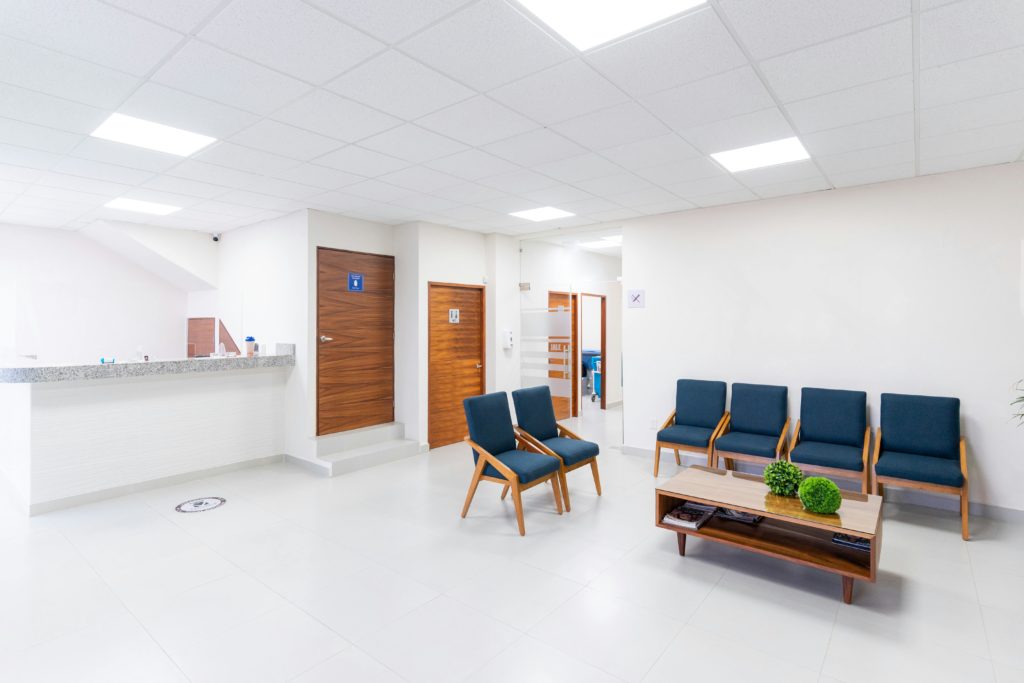
A good starting point for choosing the right hospital flooring is to always first consider those materials that can withstand heavy foot traffic, rolling equipment, and frequent cleaning and disinfection.
Also, flooring materials should be durable, easy to clean and maintain, and resistant to scratches, stains, and chemicals.
Together with these requirements, flooring materials should have anti-slip properties, especially in areas prone to moisture, such as bathrooms and kitchens.
This can help reduce the risk of accidents and injuries, promoting a safe environment for patients and staff.
Tips for selecting the right healthcare flooring solution
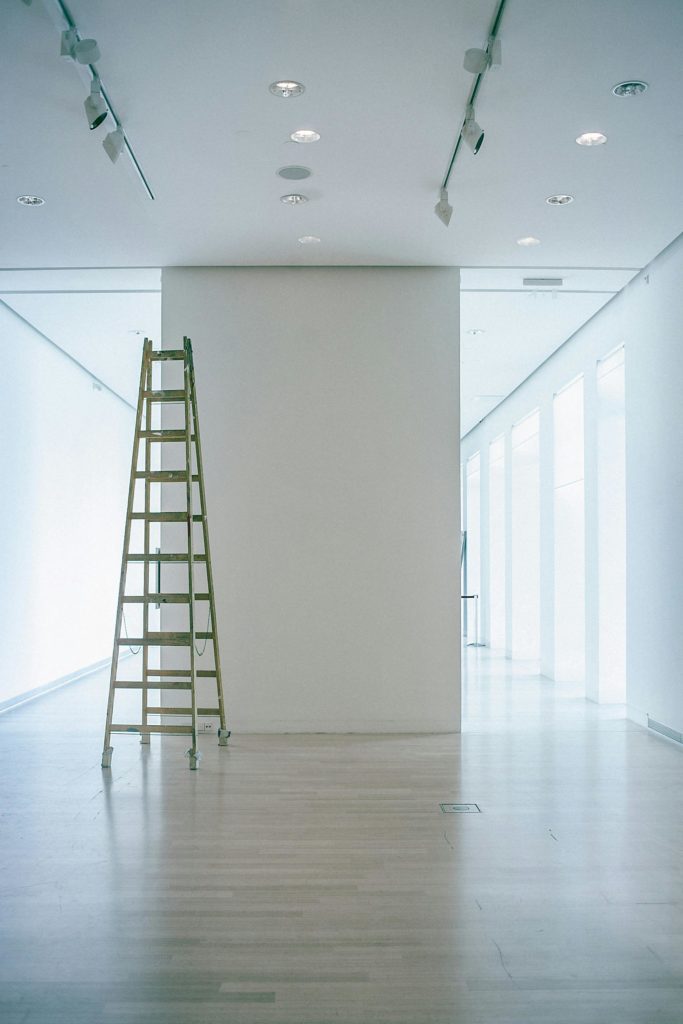
Only work with professional flooring installers
Professional flooring installers will ensure seamless flooring installations, and that there are no cracks or gaps in flooring that could trap dirt, germs and grime.
Never allow any treatments to flooring that can make it slippery
Glossy surfaces that are not slip resistant can pose a danger to staff and patients alike.
They should best be avoided and not considered for any floor.
Choose sustainable surfaces that are easy to maintain
Sustainable surfaces can provide more eco friendly solutions than other flooring materials, and should they be replaced in the future, they can easily be recycled, ensuring minimal waste is created when updating flooring.
Make infection control a priority
Even when choosing the most hygienic surfaces, there are some factors that must be considered for maintaining infection control.
This includes flooring solutions that are installed properly, and that are cleaned using neutral detergents.
Floors must always be cleaned properly, although care must be taken to clean each flooring solution according to the specifications of its materials.
Look for cost effective solutions, but keep factors such as quality, durability and maintenance costs in mind
Hospital flooring needs to withstand a lot of foot traffic while also maintaining its design for longer without fading easily or showing wear and tear quickly.
Several cost effective solutions are available for materials to choose from, but it is important to not just look at price tags, but also the long term benefits of the flooring that you choose.
Enhance well being and trust with the right flooring solutions

Choosing flooring for a healthcare environment can become an easy choice when you work with experts in flooring options for the healthcare industry.
So, make the most of your healthcare environment flooring upgrades and get in touch with our skilled team today.
Let us help you determine the best flooring solution for your healthcare facility that is highly durable, can withstand high foot traffic and help you to create and maintain a hygienic environment.

